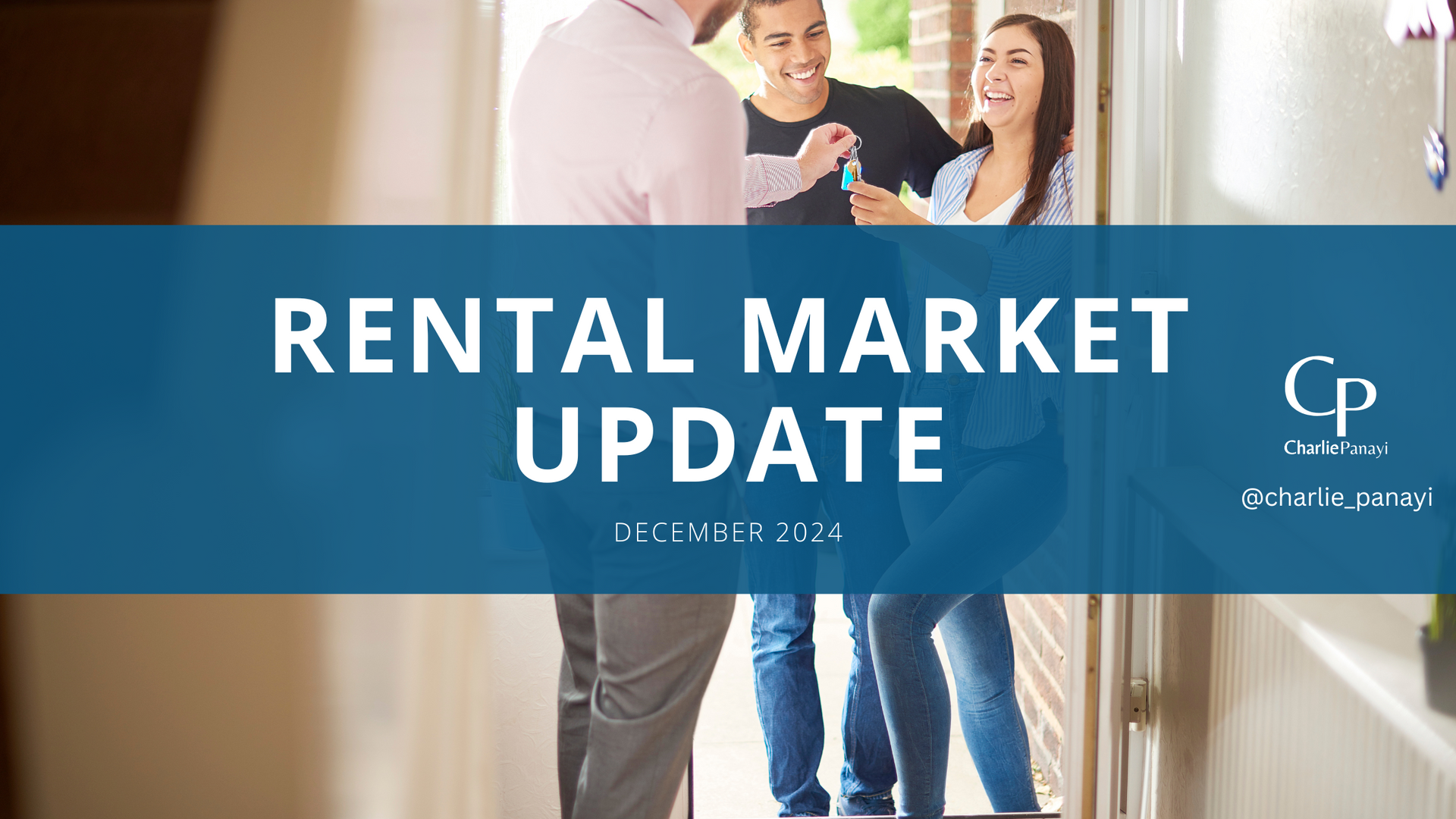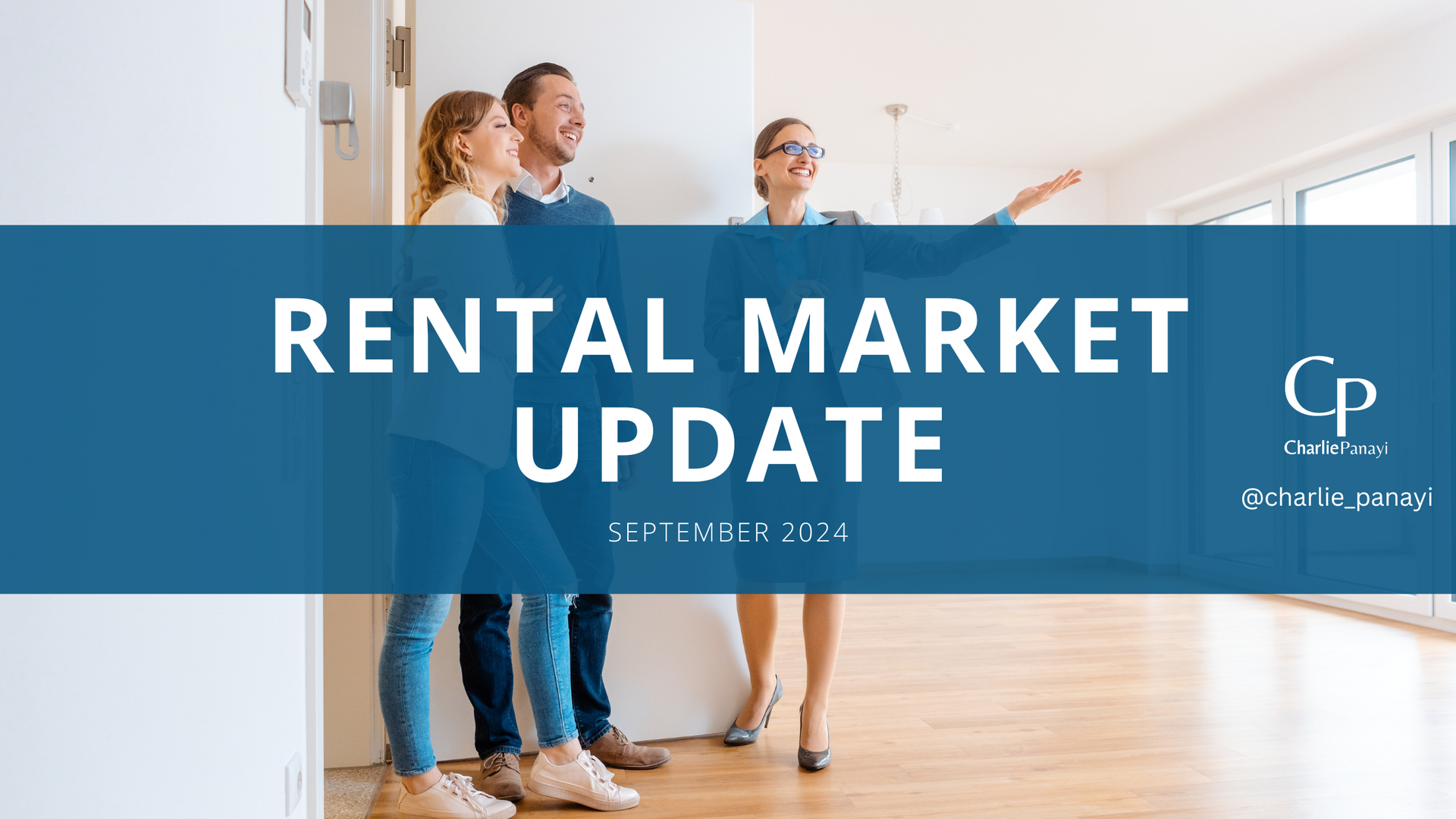Tips for Viewing a Property: Questions to Ask and Mistakes to Avoid
Viewing a property is an exciting yet crucial step in the real estate process. It's your opportunity to assess the property firsthand, ask important questions, and ensure it meets your needs and expectations. In this blog, I'll discuss key things to look out for when viewing a property, questions you should ask, common mistakes to avoid, and how to make the most of your viewing.
What to look for out for?
1. Structure:
Assess the structural integrity of the property by looking for signs of dampness, cracks in walls or ceilings, and any sloping or uneven floors/ceilings. Pay attention to the condition of the roof, windows, doors, and foundation to ensure there are no major issues that may require costly repairs.
2. Property Condition:
Inspect the overall condition of the property, including the condition of fixtures, fittings, and appliances. Check for signs of wear and tear, water damage, and mold. Take note of any maintenance or renovation work that may be needed and factor it into your decision-making process. If you can see there is a fair few elements not looked after, it would suggest more serious elements aren't also.
3. Neighborhood and Location:
Consider factors such as proximity to amenities, schools, transportation links, and noise levels. Take a walk around the neighborhood to get a feel for the area and determine if it aligns with your lifestyle and preferences, think long term also. You need to know it will be able to re-sale easily.
5. Storage Space:
Assess the available storage space in the property, including closets, cupboards, and attic/basement space. Ensure there is sufficient storage for your belongings and consider how you will organise and utilize the space effectively.
Questions to Ask When Viewing a Property:
1. What is Included in the Rent or Sale?
Clarify what fixtures, fittings, and appliances are included in the rent or sale of the property to avoid any misunderstandings later on.
2. Are There any Maintenance or Service Charges?
Ask about any maintenance or service charges associated with the property, such as property management fees or common area maintenance fees. You want to know the amounts and make a note of.
3. What are the Terms of the Lease or Sale Agreement?
Ask about the terms of the lease or sale agreement, including rental or sale price, lease duration, deposit requirements, and any restrictions or conditions.
4. What is the Neighborhood Like?
Request information about the neighborhood, including nearby amenities, schools, transportation links, and any known issues.
5. Are There any Planned Developments Nearby?
Inquire about any planned developments in the area that may impact your enjoyment of the property and the potential sell-ability.
Common Mistakes to Avoid:
1. Not Doing a Thorough Inspection:
Avoid rushing through the viewing process and take the time to inspect the property thoroughly, paying attention to details and asking questions when needed.
2. Neglecting to Check for Hidden Costs:
Be aware of hidden costs such as maintenance or service charges, utilities, and insurance premiums that may impact your budget.
3. Overlooking Future Needs:
Consider your future needs and lifestyle changes when evaluating the property, such as room for expansion, accessibility features, and proximity to schools or workplaces.
4. Ignoring Red Flags:
Trust your instincts and don't ignore red flags such as poor maintenance, structural issues, or unfavorable neighborhood conditions.
5. Not Seeking Professional Advice:
Consider seeking advice from real estate agents (trusted), surveyors, or legal advisors to ensure you make informed decisions and avoid potential pitfalls.
Buying or renting a home is a big financial investment and requires careful consideration, thorough inspection, and asking the right questions to make an informed decision. By being vigilant, asking pertinent questions, and avoiding common mistakes, you can ensure a successful viewing experience and find the perfect property that meets your needs and aspirations.











